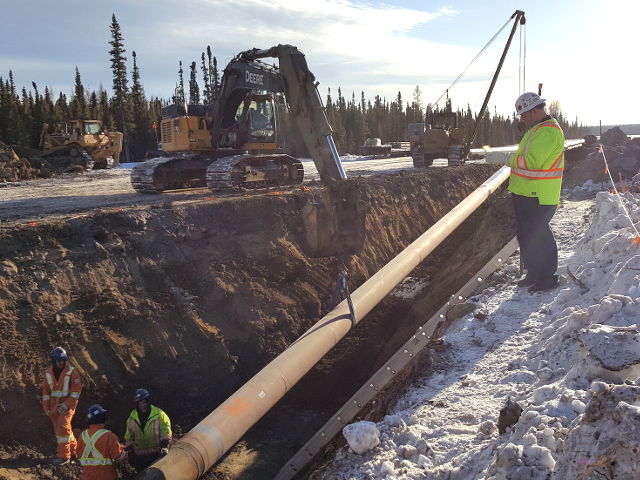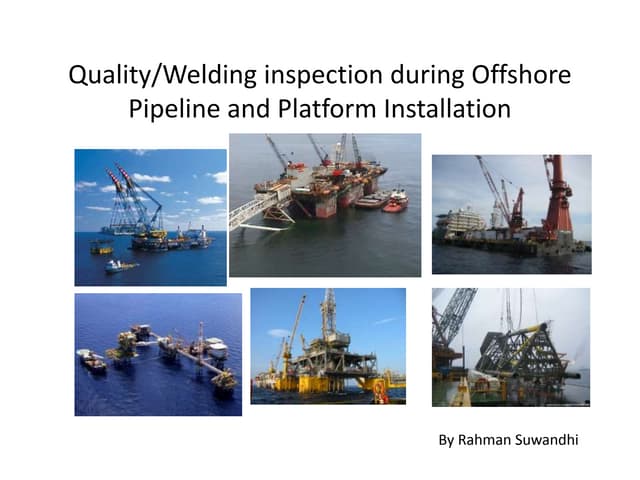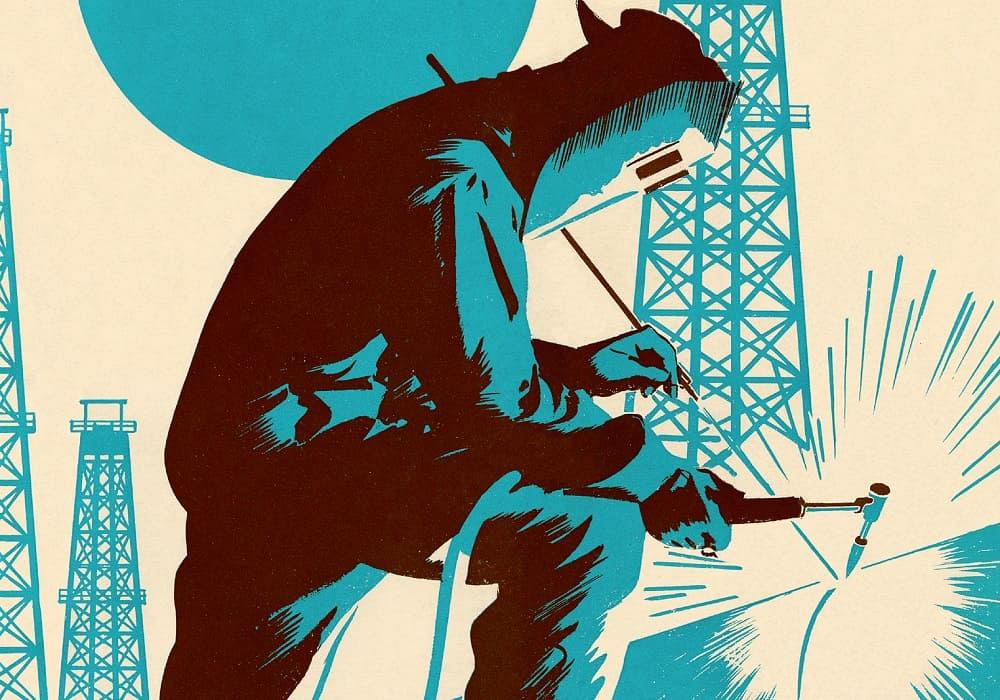
Ideal Practices for Pipe Welding Assessment: Techniques, Specifications, and Treatments to Accomplish High Quality Guarantee and Compliance
Effective pipe welding evaluation is vital for making certain the integrity and safety of essential infrastructure. Recognizing the complexities involved in each stage of examination is critical to achieving compliance and reliability in pipe systems.
Significance of Welding Inspection
The integrity of bonded joints is critical in making sure the safety and security and dependability of pipe systems. Proper welding techniques and comprehensive examination procedures are critical to stop failures that can result in disastrous cases, environmental damage, and death. Pipeline Welding Inspection. Welding evaluation serves as a preventative measure, determining defects such as fractures, porosity, and insufficient fusion before they rise right into serious concerns
In addition, pipeline systems typically run under high stress and severe problems, making the high quality of welds even more important. Governing compliance is an additional substantial aspect, as different standards determine the high quality assurance processes that should be abided by in pipeline building and construction and maintenance. Failing to comply can lead to legal implications and economic losses.

The role of welding inspection prolongs past simple verification of handiwork; it includes the assurance of long-lasting functional integrity. This involves an organized approach that includes not just visual evaluations but also advanced non-destructive screening techniques. Inevitably, efficient welding inspection is a financial investment in the long life and safety of pipe systems, guaranteeing they operate as intended while minimizing threats connected with product deficiencies.
Secret Inspection Methods

Aesthetic assessment, frequently the very first line of protection, permits the identification of surface area defects such as splits, damages, and porosity. Ultrasonic testing employs high-frequency sound waves to discover interior defects, using a detailed evaluation of weld honesty. This non-destructive method is particularly effective for recognizing gaps that might not be visible on the surface.
Radiographic testing involves using X-rays or gamma rays to produce images of the welded joint, disclosing internal issues. This strategy offers thorough understandings however might need specific equipment and safety considerations. Lastly, magnetic fragment testing is effective for spotting surface and near-surface interruptions in ferromagnetic materials, utilizing electromagnetic fields and fine iron fragments.
Sector Standards and Rules
Conformity with sector criteria and guidelines is crucial for guaranteeing the top quality and safety and security of pipeline welding assessments. These criteria supply a framework for best techniques in welding processes, products, and assessment techniques, allowing companies to minimize issues and enhance the integrity of pipe systems. Secret bodies such as the American Culture of Mechanical Engineers (ASME), the American Welding Culture (AWS), and the International Organization for Standardization (ISO) collection forth standards that are commonly acknowledged and embraced within the market.
In the United States, regulations from the Pipe and Hazardous Materials Safety Management (PHMSA) control the safety and security of pipe procedures, mandating rigorous examination protocols. These criteria not only serve to protect public safety and the setting yet likewise guarantee conformity with legal and lawful obligations. Adherence to the appropriate codes, such as ASME B31.3 for process piping, is crucial for keeping functional efficiency and regulatory compliance.
Furthermore, constant updates and modifications to these criteria mirror technical improvements and evolving market techniques, go to website highlighting the requirement for companies to stay educated and train employees appropriately. Eventually, durable conformity with established requirements promotes trust fund and integrity in pipeline facilities, securing both stakeholders and assets.
Effective Assessment Treatments
Effective inspection treatments are critical for identifying prospective issues in pipeline welds and ensuring the total stability of the system. A methodical approach to assessment incorporates a number of crucial phases, consisting of pre-weld, in-process, and post-weld evaluations. Each stage plays a vital function in keeping quality assurance.
Throughout pre-weld evaluation, it is necessary to examine the products and joint configurations, making sure conformity with task specs. In-process inspections entail keeping track of welding strategies and parameters, such as warmth input and travel speed, to stop flaws from occurring. This stage permits for real-time changes to welding techniques.
Post-weld evaluations include non-destructive screening (NDT) techniques like radiography, ultrasonic screening, and magnetic bit testing. These approaches help discover inner and surface area imperfections that can compromise the pipeline's functionality. Documents of all inspection activities is vital, giving a traceable record that sustains compliance with industry standards.
Educating and accreditation of inspection personnel even more enhance the efficiency of these treatments. By sticking to a structured evaluation protocol, organizations can mitigate threats, make certain compliance, and eventually supply pipes that meet rigid safety and security and efficiency needs.
Common Difficulties and Solutions
Pipeline welding assessment offers several usual obstacles that can impact the top quality and safety and security of the end product. One substantial obstacle is the irregularity in welding techniques and materials, which can bring about inconsistent weld quality. To resolve this, it is critical to establish standard procedures and training for welders, guaranteeing an you can try this out uniform method across projects.

Environmental factors, including temperature and moisture, can additionally impact the welding procedure, possibly bring about fractures or incomplete blend. Applying regulated atmospheres and adhering to pre-weld procedures can mitigate these risks.
Verdict
Finally, the implementation of finest practices for pipe welding examination is necessary for making sure quality control and compliance with market requirements. An extensive approach, incorporating numerous techniques such as aesthetic, ultrasonic, and radiographic testing, helps with the identification of flaws throughout all stages of the welding process. Pipeline Welding Inspection. Adherence to established useful content policies and reliable evaluation treatments not just improves the integrity and safety and security of pipe systems yet likewise alleviates threats connected with welding defects, consequently promoting general functional integrity
Conformity with industry standards and guidelines is essential for making certain the quality and safety and security of pipeline welding examinations. These criteria give a framework for finest methods in welding procedures, materials, and evaluation strategies, permitting companies to lessen issues and enhance the integrity of pipe systems.In the United States, policies from the Pipe and Hazardous Products Security Administration (PHMSA) regulate the safety and security of pipe operations, mandating strenuous evaluation methods. An organized method to inspection includes a number of essential stages, including pre-weld, in-process, and post-weld inspections.In conclusion, the execution of best techniques for pipeline welding evaluation is vital for guaranteeing quality guarantee and compliance with industry standards.